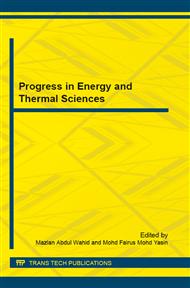p.74
p.79
p.86
p.91
p.96
p.101
p.106
p.112
p.119
Neutral Networks for Fault Classification: Comparison between Feed-Forward Back-Propagation, RBF and LVQ Neural Network
Abstract:
— Neural networks are frequently used as a classifier for tasks in many classifications. However there are disadvantages in terms of amount of training data required, and length of training time. This paper, develop an intelligent diagnosis system for zinc oxide (ZnO) surge arrester fault classification. First the features were extracted from 600 ZnO surge arrester thermal images and leakage currents. Then these features were presented to several neural network architectures to investigate the most suitable network model for classifying the ZnO surge arrester fault condition effectively. Three classification models were used namely feed forward back propagation (FFBP), radial basis function (RBF) and learning vector quantization (LVQ) algorithm. The performance of the networks was compared based on resulted of misclassify and correct rate. The method was evaluated using 24 testing datasets. Comparison results showed that LVQ was the best training algorithm for the ZnO surge arrester fault classification compared to the others system. Also the LVQ is faster than FFBP and RBF.
Info:
Periodical:
Pages:
96-100
Citation:
Online since:
January 2016
Authors:
Price:
Сopyright:
© 2016 Trans Tech Publications Ltd. All Rights Reserved
Share:
Citation:


